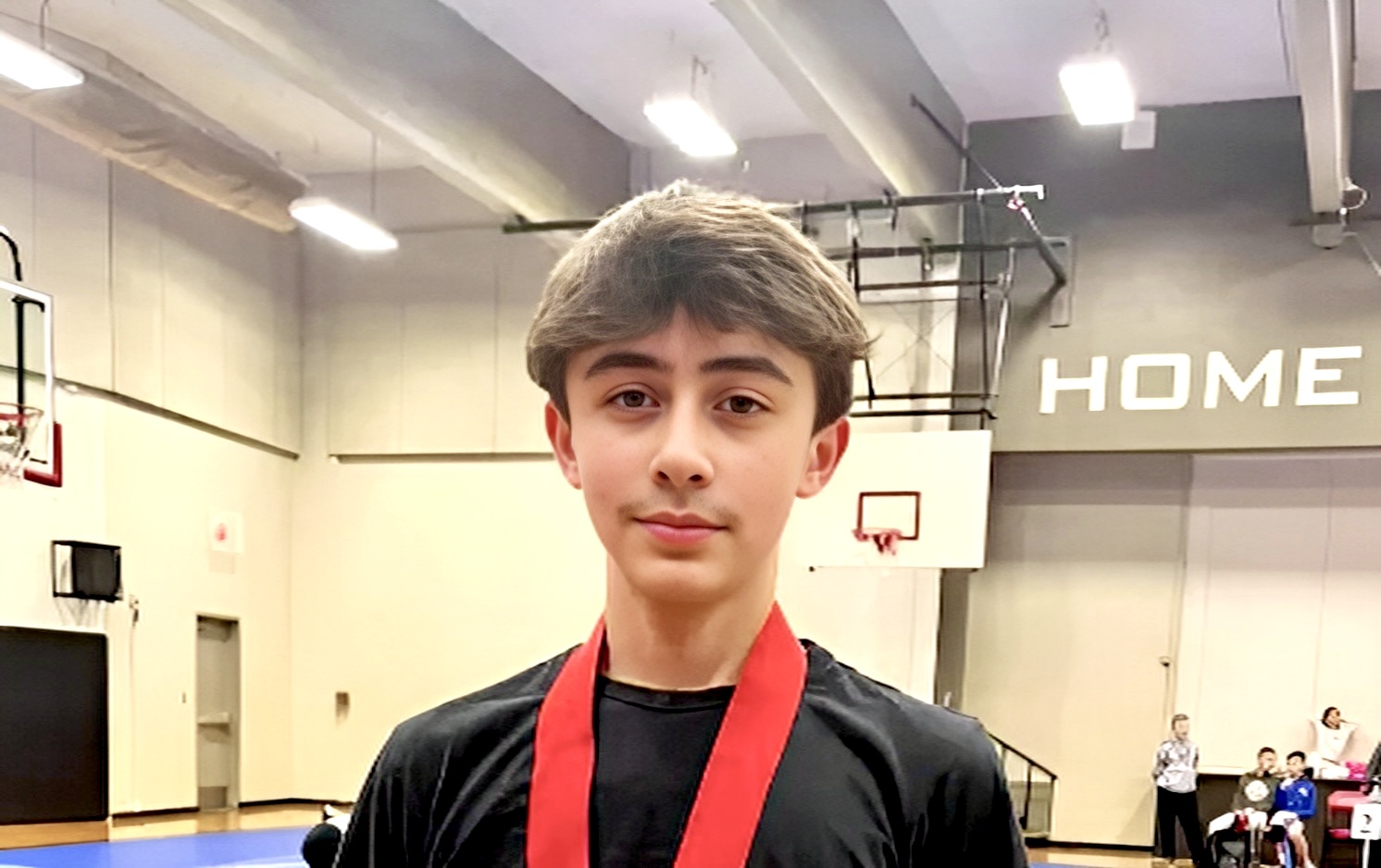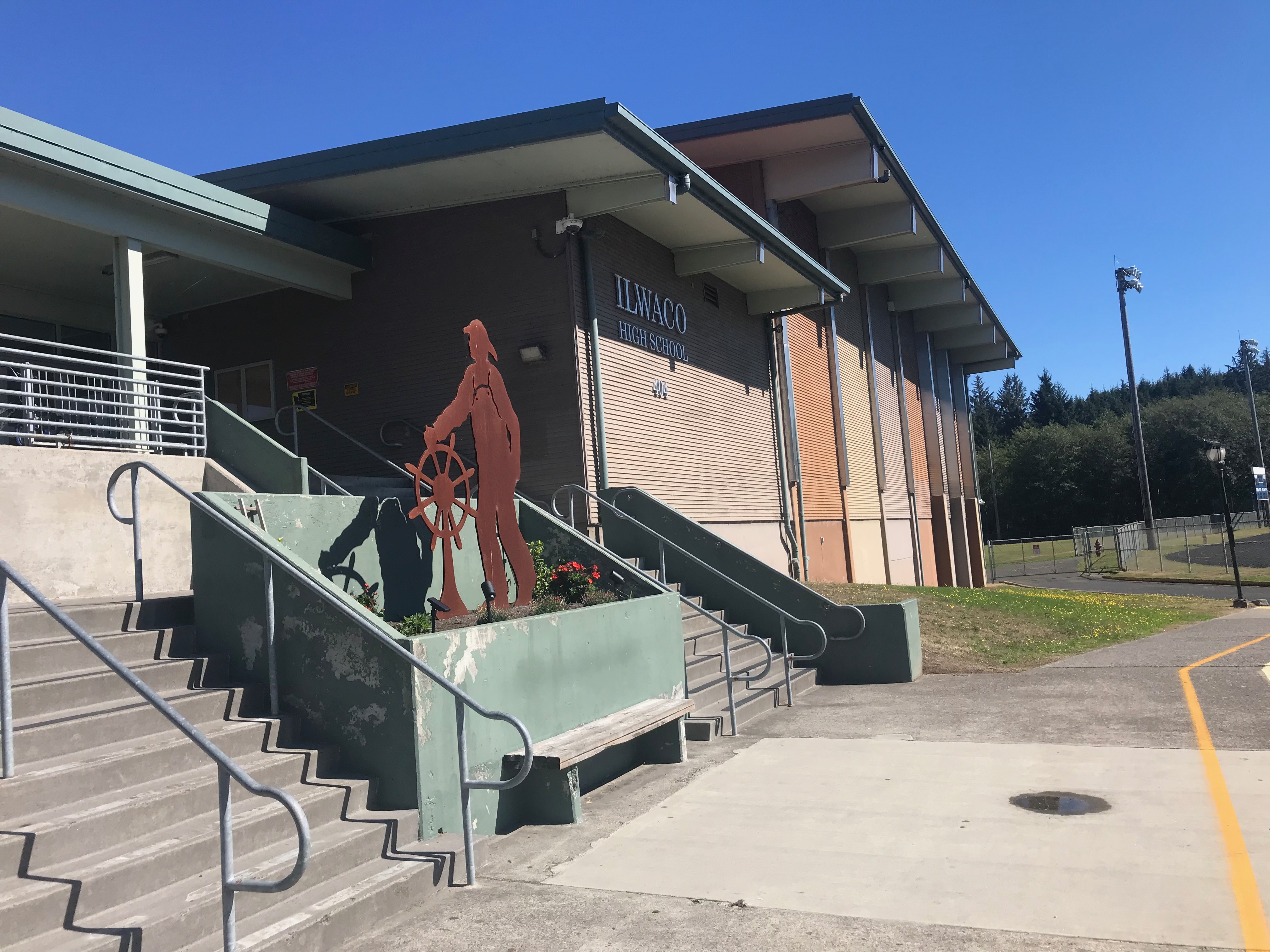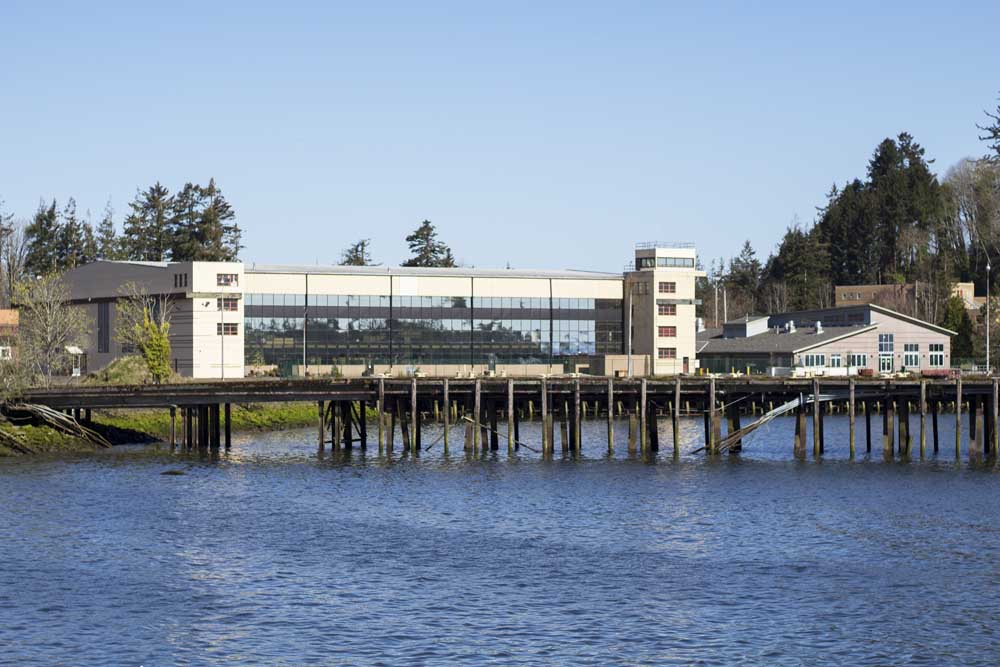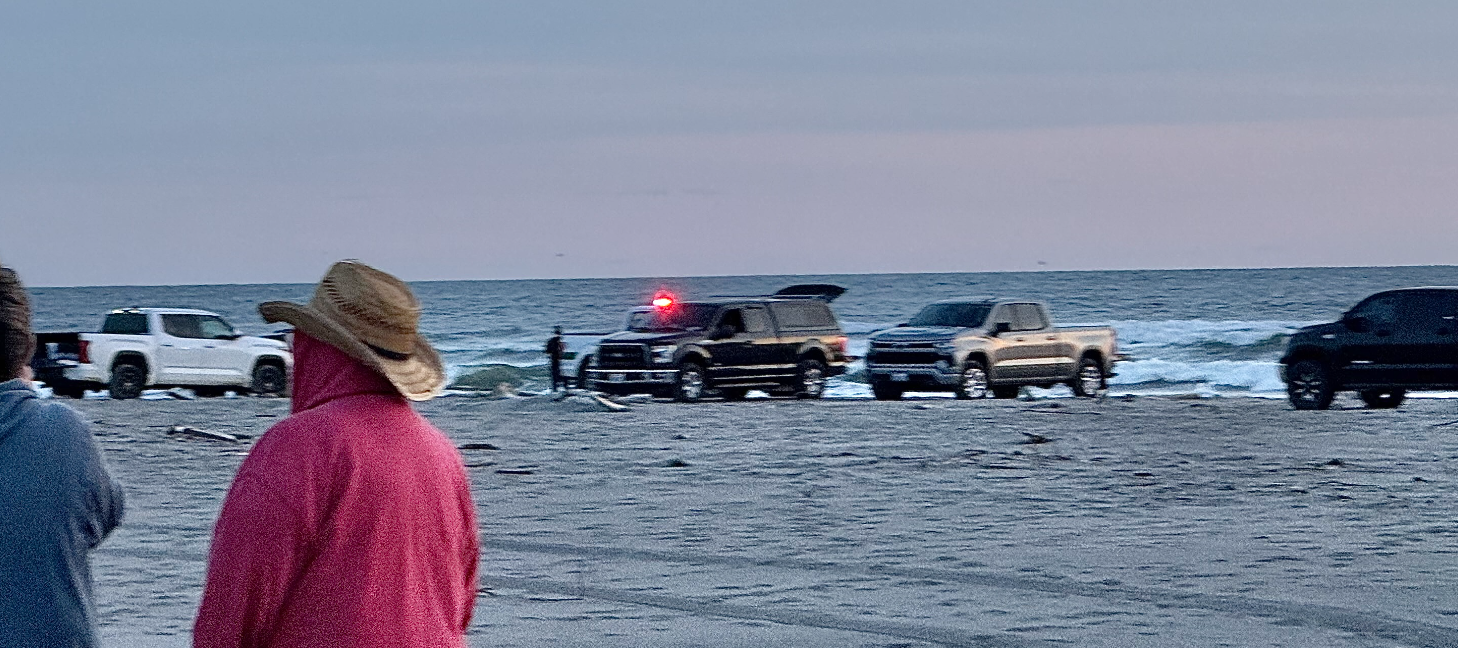Workshop: Unity key to flood preparation: ‘Shocking’ risks ahead as 21st century progresses
Published 3:48 pm Tuesday, June 3, 2025

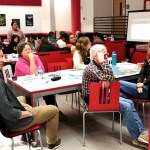

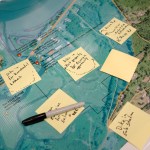
To try to get out ahead of potentially shocking flood scenarios, Raymond- and South Bend-area residents gathered in the Raymond High School cafeteria last Thursday evening for the second of four workshops jointly hosted by the Pacific Conservation District and Washington Sea Grant.
The series, modeled after one held between Baker and Grays Bays, offers communities a chance to identify needs and challenges posed by environmental pressures like sea level rise and erosion, along with possible strategies for reducing risk and increasing resilience.
Per PCD’s website, “workshops will also identify and prioritize projects to address these topics and find potential funding sources.” PCD “will then help these projects take next steps.”
The original idea, for instance, behind an ongoing, federally funded project aimed at mitigating erosion and habitat loss between Chinook and the Astoria-Megler Bridge, was a product of the Baker and Grays Bay workshop series.
At the first workshop of the Raymond and South Bend series, which took place in late March, participants defined eight distinct geographic focus areas spread throughout the two communities. Last week, they split into small groups to discuss specific problems facing each focus area and how those problems might be addressed.
Jackson Blalock, PCD’s marine and estuarine resilience program manager, has noticed some common themes in the problems identified by workshop participants.
“One is just the drainage infrastructure that is old or deteriorated,” he said. “Another is road infrastructure that is susceptible to flooding, or negatively impacts habitat through culverts and that type of stuff… and another one I think is just the historic development in areas that are flood-prone.”
‘The flats”
One focus area where all these themes converge is “the flats,” as the South Bend neighborhoods immediately adjacent to Highway 101 and the Willapa River are colloquially known.
Spread across a table at last week’s workshop were several maps depicting the current mean high-water mark along the riverbank, along with specific areas that are projected to inundate during flooding events of varying severity. As one of the maps showed, most of the flats would be underwater should that mean mark be exceeded by five feet — a scenario that experts say is more than 80% likely to happen during extreme flood events at the end of the century.
Port of Willapa Harbor manager Jim Sayce’s gut tells him that this projection is accurate. “I think that’s extremely likely in the future,” he said, referring to the map. “And it’ll be a shocking event.”
“If this is just a strict projection of sea-level rise, it doesn’t take into account the other risks that come in with storms and atmospheric rivers,” he continued. “Those make this [scenario] way more likely.”
And Sayce came to the workshop with an idea of what to do about it. “So this is a 5,000-foot long space,” he said of the shoreline adjacent to the flats. “I’d sheet pile it.”
“You’d put tide-gates where you need them, because you still want water to go out, but the sheet pile does a couple of things,” he explains. “One is it prevents water from coming in. Two, it adds some stability to the soil…because these are highly erosive soils…and the third thing it does is retain some of the moisture in the soil, which is good for the soil.”
Sayce’s proposal is a technically informed one from a technically-informed mind, and is representative of the sort of highly-involved project that organizations like PCD and Sea Grant can help pull in funding for. But other strategies discussed at the workshop require no money or materials from outside the community at all.
Unity and neighborliness
To long-time South Bend resident M, who first came to the area to work in its shellfish industry and has since raised a large family, the key to community resilience is the unity and neighborliness of its members — the sense of community itself. (M’s full name is not reported in view of current immigration-related risks.)
Speaking through a translator, M recalled a time when his neighborhood flooded and a neighbor arrived with a boat to help ferry his kids out of the house.
“We are going to be the first ones to help each other out,” he said.
M no longer lives in that neighborhood or experiences regular flooding. But he still sees the despair and anxiety in his neighbors who do — who are forced to play a “waiting game” with every major storm or flood warning. And he wants those families to know that they are not alone.
“I think that’s the core of his reason to be here — it’s just unity,” said Marcelina Medina, Pacific County’s Emergency Management coordinator in South Bend. “He has love for where he has chosen to be his home.”
The next workshop in the series will take place this fall. For more information about the series and recaps of the first two workshops, visit mer.pacificcd.org.
Riley Yuan is a WSU Murrow Fellow reporting on natural resource issues for the Chinook Observer. His reports may be republished with attribution.






